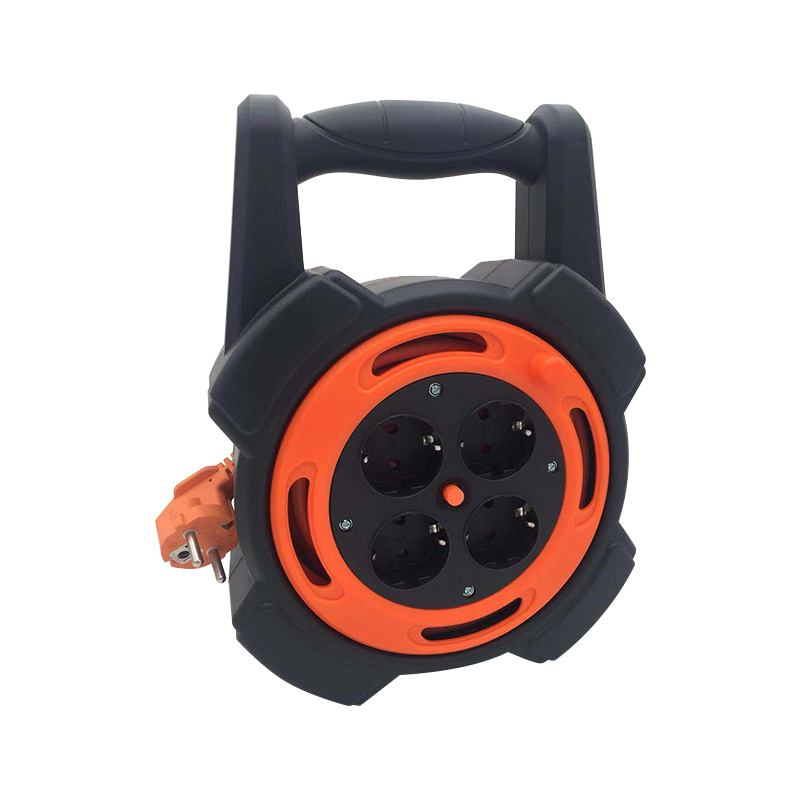Submit feedback
What is the important relationship between heat resistance, fire resistance and flame retardancy of PC material power strip?
 2024.09.04
2024.09.04
 Industry News
Industry News
There is a close and important relationship between the heat resistance, fire resistance and flame retardancy of PC material power strip, which is specifically reflected in the following aspects:
The high heat resistance of PC materials enables it to maintain structural stability at higher temperatures and is not easy to soften or deform. This property is crucial to the safety of power strips in actual use, especially when the current is overloaded or the surface temperature of the socket may rise when working at high load for a long time. Good heat resistance ensures that the material does not lose its flame retardant function under high temperature conditions.
Flame retardancy refers to the ability of a material to prevent the spread of flames when it comes into contact with a fire source or high temperature, and to quickly self-extinguish after the fire source is removed. The flame retardant performance of PC materials is directly related to its fire resistance. In the event of an electrical failure or other fire source, flame-retardant PC materials can effectively curb the spread of flames and reduce the risk of fire.
Fire resistance involves the overall performance of a material when it encounters fire, including both heat resistance and flame retardancy. PC materials with good flame retardancy perform well in fire resistance, preventing the spread of flames while maintaining mechanical strength and insulation properties at high temperatures, thereby reducing damage caused by fire.

PC materials usually reach the UL94 V-0 flame retardancy rating, which means that it will quickly self-extinguish when encountering a fire source and will not produce dripping combustion materials, which plays a key role in preventing the further spread of fire.
In high temperature environments, the combination of heat resistance and flame retardancy can ensure that PC materials neither lose mechanical strength due to high temperatures nor cause larger fires due to the spread of flames. This combination is very important for the safety of power strips under extreme conditions.
In long-term use, the heat resistance and flame retardancy of PC materials can continue to play a role, preventing the decline of fire resistance due to aging, increased ambient temperature or other factors. Long-term heat resistance and flame retardancy enable power strips to maintain reliable fire protection in a variety of environments.
In the design of power strips, the selection of PC materials with high heat resistance and excellent flame retardancy can significantly improve the overall fire resistance of the product. This material selection is the key to ensuring the safe operation of power strips under extreme conditions.
The relationship between the heat resistance, fire resistance and flame retardancy of PC materials is complementary, and they jointly determine the safety and reliability of power strips in high temperature and fire environments.
 TOP
TOP
 ENG
ENG
 English
English русский
русский 한국어
한국어 Deutsch
Deutsch









